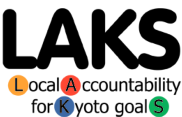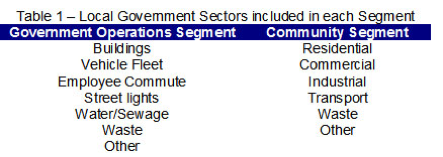


ENGLISH
ITALIANO
ESPAÑOL
POLSKI

1.5 General Introduction to the LAKs Inventory Tool
This manual introduces, and provides guidance for use of the easy-to-use spreadsheet LAKs Inventory Tool. This has been developed to provide a cost-effective mechanism to support local governments develop their emissions inventory and quantify the size of their community emissions footprint.
The development of this LAKs Inventory Tool for the partners in the LAKs project followed an international review of tools and methods by ARPA Emilia-Romagna, after which the ICLEI Cities for Climate Protection (CCP) 5-milestone methodology was selected as a clear, effective approach in addressing local government climate protection with a general urban sustainability perspective.
The LAKs Inventory Tool is an easy-to-use spreadsheet which operates by converting the energy and waste input data (fuel used, electricity used and waste materials produced) into GHG emissions using nationally acceptable emission factors. The results are measured in tonnes (t) of carbon dioxide equivalent (CO2e), or tCO2e. CO2e is the internationally accepted unit for measuring the equivalent climate change impacts from CO2 and other greenhouse gases.
The Inventory Tool is also divided into two segments: a Government Operations emissions segment and a Community emissions segment, and each of these segments is sub-divided into sectors appropriate for local government. See Table 1 below for a list of the sectors.
Other worksheets have been added to assist with calculation of emissions from agricultural activities, and from local energy generation sources as the partners suggested that these would help in their reporting to the Covenant of Mayors.

The relationship of each Government Operations and Community sector to the equivalent sectors used by the Intergovernmental Panel on Climate Change (IPCC) (i.e. the sectors used by national governments for their national inventories) is explained in Section 2.1 for the Government Operations segment and Section 3.1 for the Community segment.